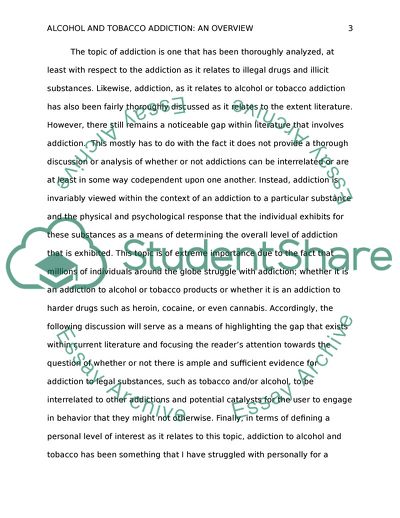Cite this document
(Alcohol and Tobacco Consumption Coursework Example | Topics and Well Written Essays - 1500 words, n.d.)
Alcohol and Tobacco Consumption Coursework Example | Topics and Well Written Essays - 1500 words. https://studentshare.org/psychology/1841635-alcohol-and-tobacco-consumption
Alcohol and Tobacco Consumption Coursework Example | Topics and Well Written Essays - 1500 words. https://studentshare.org/psychology/1841635-alcohol-and-tobacco-consumption
(Alcohol and Tobacco Consumption Coursework Example | Topics and Well Written Essays - 1500 Words)
Alcohol and Tobacco Consumption Coursework Example | Topics and Well Written Essays - 1500 Words. https://studentshare.org/psychology/1841635-alcohol-and-tobacco-consumption.
Alcohol and Tobacco Consumption Coursework Example | Topics and Well Written Essays - 1500 Words. https://studentshare.org/psychology/1841635-alcohol-and-tobacco-consumption.
“Alcohol and Tobacco Consumption Coursework Example | Topics and Well Written Essays - 1500 Words”. https://studentshare.org/psychology/1841635-alcohol-and-tobacco-consumption.


